The writing is on the wall
Updated: 2016-07-23 09:24
By Yang Yang(China Daily)
|
||||||||
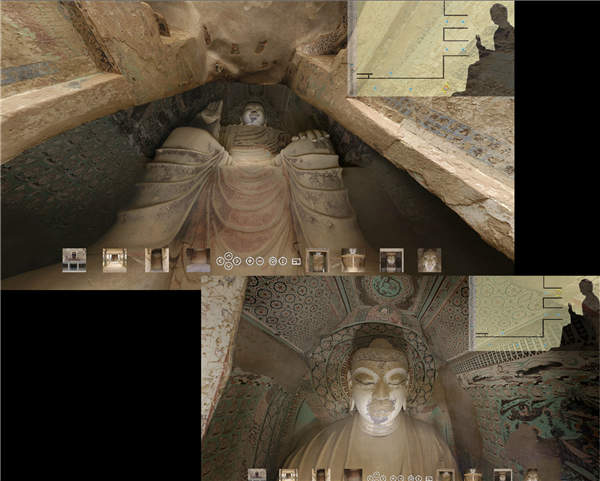 |
|
A digital and immersive experience of the cave. Photos provided to China Daily |
More than a century after the Mogao Grottoes were discovered, it is a hard task saving them from the ravages of man and nature.
In 1900 a Taoist priest named Wang Yuanlu found a cave in Dunhuang, Gansu province, packed with tens of thousand of volumes of Buddhist sutra.
Six years later the Hungarian-British archaeologist Marc Aurel Stein arrived in Dunhuang followed soon after by the French archaeologist Paul Pelliot. Both paid a pittance for priceless treasures from the cave, and both took photos of it and its surroundings.
When you compare those photos and ones taken recently, the extent of the irretrievable cultural losses that Dunhuang and the world have suffered over the past century or so becomes clear. Colors on many of the murals and statues have faded, and blurry areas have become more expansive as a result of oxidation and human-inflicted damage.
Such damage happened in the 1950s and 1960s when artists tried to make facsimiles of murals, when archaeologists tried to survey and map the caves, or in recently years when the growing number of tourists increased the quantity of carbon dioxide and humidity and the exposure of the relics to light or other elements that can speed up their deterioration.
In an effort to minimize the risk of damage, visitors have had to apply online to visit the caves since last July, and the number of visitors is limited to 6,000 a day. Before beginning their tour proper, visitors need to go to Mogao Grottoes Visitor Center to watch two 20-minute high-definition movies about the grottoes, including a film about the seven most valuable caves in terms of artistic achievement.
- Fashion of Queen Elizabeth on exhibition in London
- Hollande urges Britain to begin EU exit talks 'as soon as possible'
- Trump vows law and order if elected
- Chinese cuisine stuns Thai princess
- Security Council holds first secret poll on next UN chief selection
- Turkey's Erdogan declares state of emergency after coup bid

 Things you may not know about Major Heat
Things you may not know about Major Heat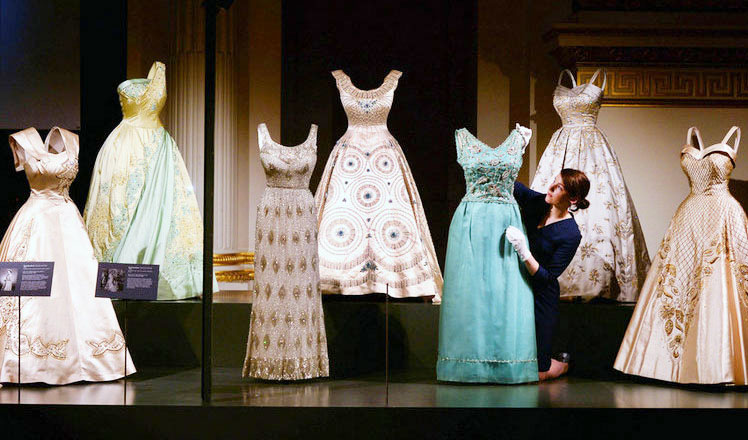
 Unveiling the secrets of Elizabeth II’s wardrobe
Unveiling the secrets of Elizabeth II’s wardrobe
 Go global: Wanda's top 10 foreign acquisitions
Go global: Wanda's top 10 foreign acquisitions
 Hot pepper and ice tub challenge held in E China
Hot pepper and ice tub challenge held in E China
 Ten photos from around China: July 15 – 21
Ten photos from around China: July 15 – 21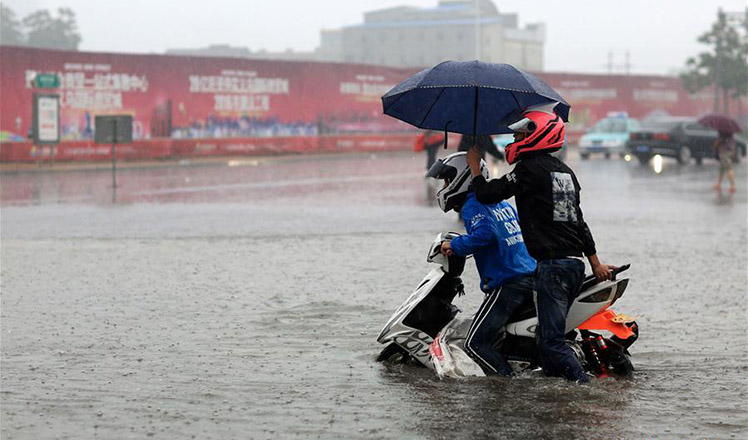
 Heavy rain, floods across China
Heavy rain, floods across China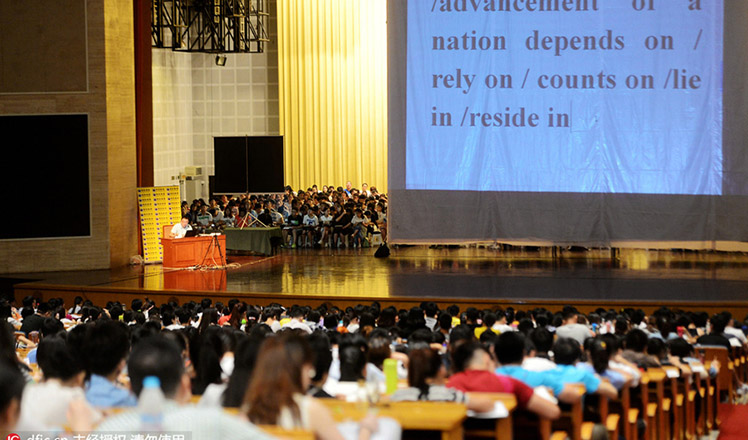
 Super-sized class has 3,500 students for postgraduate exam
Super-sized class has 3,500 students for postgraduate exam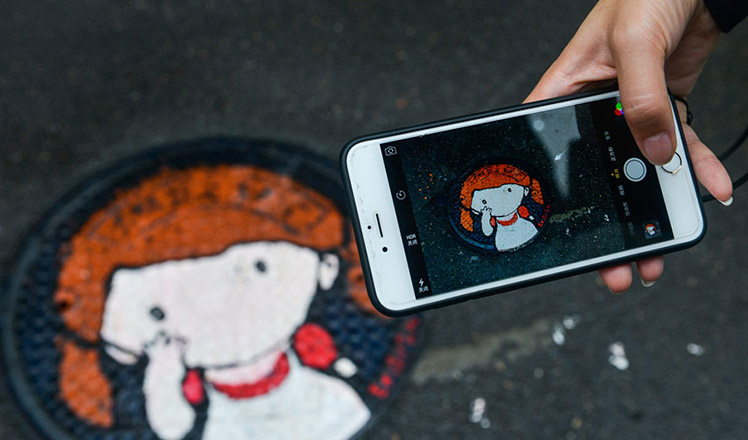
 Luoyang university gets cartoon manhole covers
Luoyang university gets cartoon manhole covers
Most Viewed
Editor's Picks

|

|

|

|

|

|
Today's Top News
Ministry slams US-Korean THAAD deployment
Two police officers shot at protest in Dallas
Abe's blame game reveals his policies failing to get results
Ending wildlife trafficking must be policy priority in Asia
Effects of supply-side reform take time to be seen
Chinese State Councilor Yang Jiechi to meet Kerry
Chinese stocks surge on back of MSCI rumors
Liang avoids jail in shooting death
US Weekly

|

|







